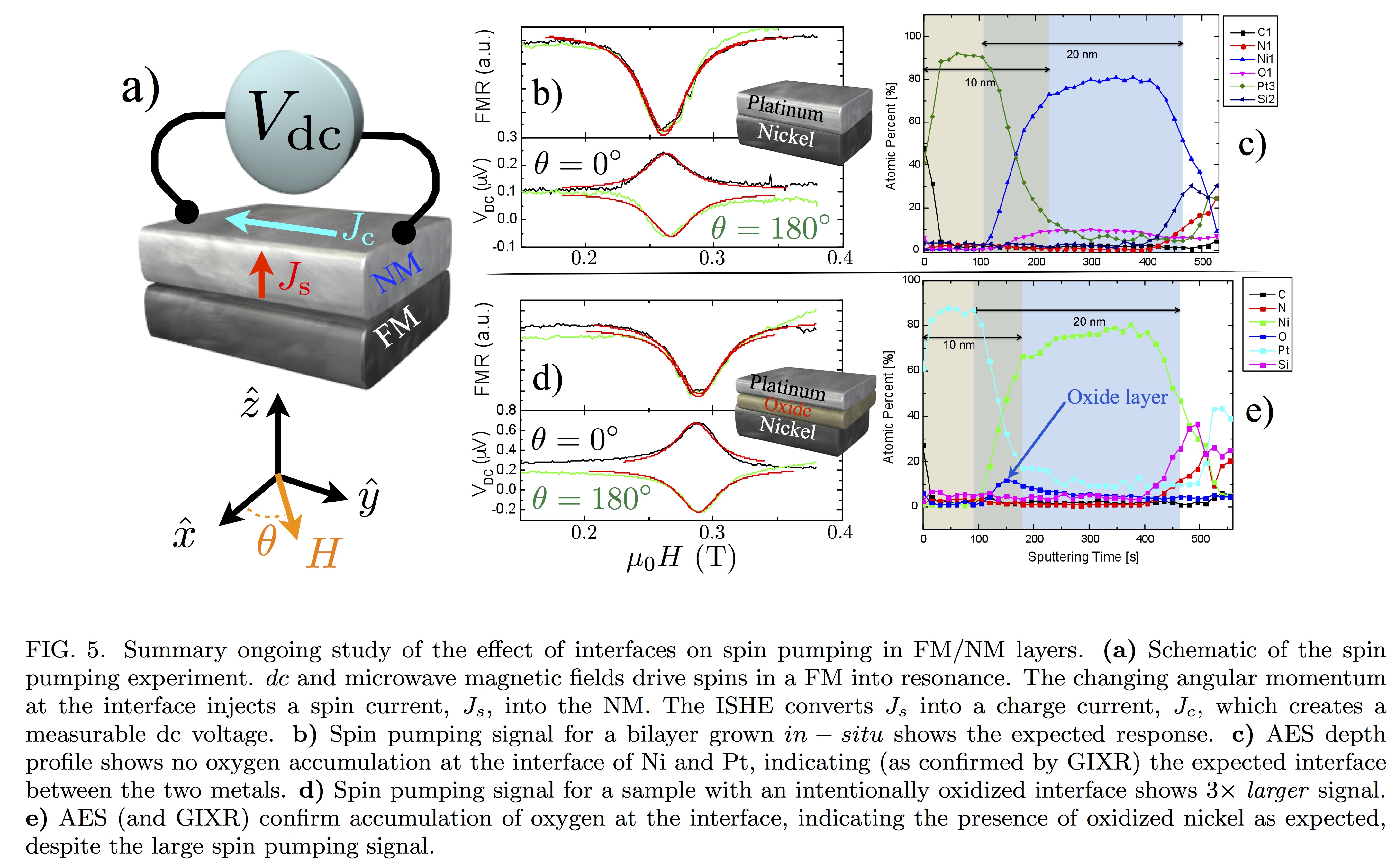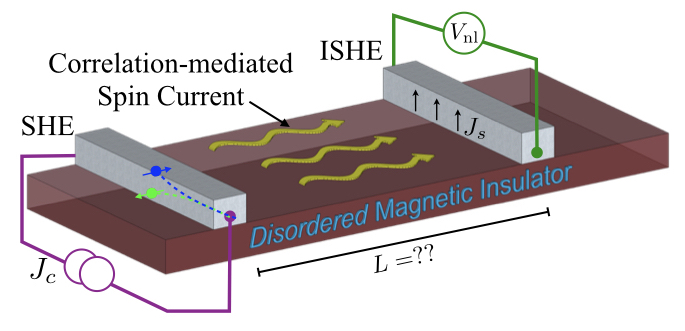dropdown menu css by
Css3Menu.com
In recent years the spin Hall effect (SHE) and its inverse (ISHE) have
become very widely used both in spintronics and in the newly emerging field
of thermal spintronics, or spincaloritronics. In this effect,
spin-orbit scattering causes electrons with opposite spin to scatter in
different directions, leading to creation of a spin potential. In the
inverse effect a pure spin current is converted to a charge voltage again by
spin-orbit scattering. The somewhat rare ability to
generate or detect pure spin current, the flow of angular momentum without
associated charge flow that is so promising for future low-power and more
rapid nanoelectronic circuits, explains much of the intense interest in the
SHE. However, there are a range of current controversies in the
field, with different groups and different experimental techniques
frequently disagreeing about the size of the effect in various materials.
We are currently working to better understand the physics and materials
science of magnetic film heterostructures often used to study spin currents
and other magnetodynamic effects, and continuing to search for efficient
spin injectors and detectors. In our first work along these lines, in
collaboration with Sebastian Gonnenwein and Mathias Weiler at TU Munich, and
Chris Leighton at the University of Minnesota, we detected the dc voltage on
a thin normal metal layer as a result of microwave-driven spin pumping of an
underlying ferromagnetic metal for a set of heterostructures where
transition-metal oxides are intentionally added between a ferromagnet and
spin-orbit coupled material. Surprisingly, we show efficient spin
transport through oxides containing magnetic ions. We continue to
explore this and related phenomenon, which is related to the growing field
of antiferromagnetic spintronics.

Another major effort is focused on using the SHE and ISHE to excite and
detect spin transport in a wide range of materials. This includes work
on disordered yttrium iron oxides and other disordered systems, as well as
some other non-traditional materials. These studies use non-local spin
transport, which we have been working to understand better in this wider
range of materials.

